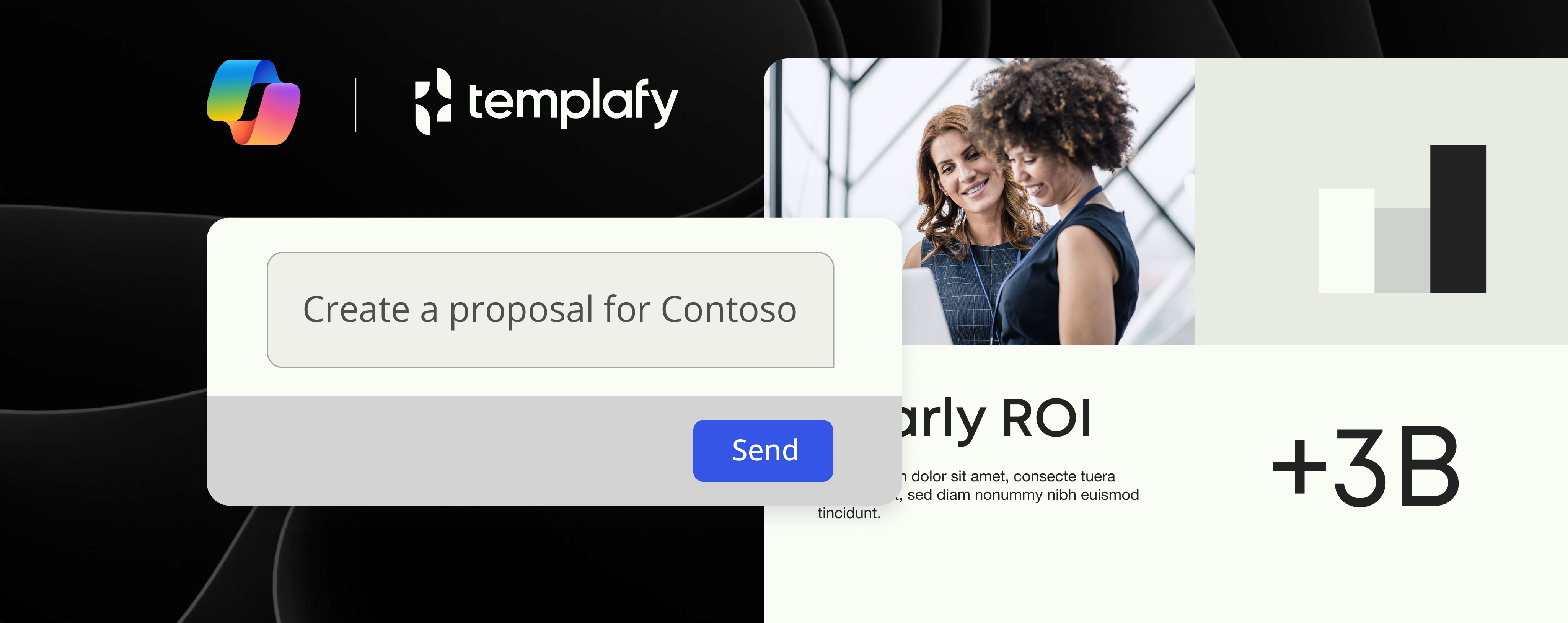The importance of workplace happiness in 2020

Happiness: defined as a state of well-being and contentment (Merriam-Webster dictionary).
When asked, our colleagues here at Templafy said that they equated the state of happiness with good food with good friends, playing with their kids, warm summer mornings, being in nature and travelling.
With such connotations, it’s surprising that happiness is now being discussed in association with the workplace – a place not commonly associated with the warm fuzzy feelings evoked by the examples above.
So why is well-being in the workplace considered so important in 2020?
With employment rates at a high, employees have more options in 2020 than ever before. Therefore, choosing a workplace that offers a more positive human experience is an option that people can – and should – avail of.
Research shows the impact of happiness in the workplace
Although positive attitudes to the workplace are a relatively new concept, research is suggesting that a positive workplace experiences is significantly more important than has been previously considered and, as such, should not be ignored.
The reasons why are unsurprising and plentiful: firstly, there’s a clear link between workplace happiness and employee productivity, which is beneficial for the organization. When employees are happier, feel supported, enjoy their workplace, and also have the tools to cope in stressful situations, they will naturally be producing work of a better quality than if they are overworked, unsupported, and do not enjoy being at work.
Mental health in the workplace is a closely linked issue
It’s in the best interest of organizations that they provide this positive workplace experience to employees across all levels, otherwise they risk low retention rates, as employees learn they will be better supported elsewhere. Recent data suggests that 50-75% of millenial and generation-z workers left their job due to mental health difficulties in 2019. Such a high statistic highlights the very real impact which unsupportive work environments have on individuals and their personal health, which can take a long time to recover from. The impact extends to the entire organization, due to more time and money being spent on recruitment and training when roles are vacated at a faster rate.
This importance has become apparent lately in the public discourse surrounding mental health in the workplace. Management figures are leading the way in discussing mental health openly, and bringing about a cultural shift to making it more of a norm. The intention of this is to inspire employees to ensure they are doing everything possible to promote their health personally, alongside making it evident that mental health is a priority at every level of the organization. For example, senior management figures are sharing their personal mental health struggles or therapy journeys with the intention of normalizing these difficulties, and inspiring employees to be more open about what they are going through. This helps cultivate an environment where employees can learn that their state of mental health is important and valued by their organization, which helps them feel both more supported, and also more able to reach out for help should they need it.
An expert insight on happiness
We asked Anne-Marie Finch, Chief People Officer at Templafy, to share her insights on the importance of a positive workplace in aiding mental health, and how organizations can foster a culture which promotes this:
“Feeling happy is super important. It is not possible to be happy 24/7 but it’s an everyday feeling to strive for. It gives us more vitality and energy which pays off with extra resources to help out and support other colleagues, both on tasks needed or identifying if they are not happy. The state of happiness, however, is not possible if you are not feeling safe. If you are not feeling safe, you have a hard time trusting people around you and distrust fuels distrust. Hence, the foundation for fuelling happy people and scaling a happy workplace is to ensure that people are socializing and performing on a foundation build upon psychological safety. Psychological safety scales smiling employees, and that’s the core of a resilient organization.”
As Anne-Marie explains, a positive workplace is not only important for individual employees, but also for cultivating an environment where people are able to trust their colleagues, and feel psychologically safe. If a workplace lacks these elements, then there will be a lower level of retention, and the organization will suffer. It is in the best interest of an organization to ensure that their employees have a stable foundation of safety and trust.
How can an organization promote positivity in the workplace?
A cultural shift is often required, so that the organization places an emphasis on ensuring the workplace promotes positive attitudes that are benefitting to mental health.
Most organizations taking steps to promote a positive workspace and proactively support mental health consider things such as flexible working policies, mindfulness practices, team-building events, fresh snacks and holiday time.
However, there’s more that can be done – promoting happiness in a workplace filters across many levels, and includes considering how employees are working. A workplace culture needs to go further than the people – prioritizing employee working environments needs to also include structural changes, including improvements to how employees work.
How do workflows relate to employee happiness?
Research into states of mind by psychologist Mihaly Csìkszentmihàlyi has provided further insight into how happiness can be achieved in the workplace, by positing the theory of ‘flow’. ‘Flow’ is a term that Csìkszentmihàlyi gives to a focused mental state which is conducive to productivity. Increased flow leads to increased positivity, and as such, it is beneficial that flow can be reached in every day work tasks. It is considered particularly important to creative work, but not exclusively so, and as such can be applied to all sorts of tasks. For the state of flow to be reached, distractions must be kept to a minimum, and the mind must stay within a focused arena.
How has technology impacted flow?
Technological advancements have in many ways led to an increase in flow, but they have also led to many distractions from flow. If you’re working on a computer, and an email notification pops up, reading the email can then cause ‘flow’ to be disrupted, and communication lost. Although in some cases this can’t be helped, there are ways in which workflows can be created to optimize flow, thereby enhancing employee productivity and positivity.
Can flow be improved in the workplace?
In order to improve flow, it’s vital to understand exactly how employee workflows work – do employees have to open multiple programs to complete their work? Is it difficult to use the company intranet to find the files and assets that are regularly needed? How much time do employees spend searching for brand guidelines? All these processes take time, often involve multiple manual stages, and make employee workflows complex and not conducive to flow. Through simplifying and integrating these workflows, which can be done through solutions such as Templafy, employees are more focused, and able to remain more focused. Simple workflows in document creation not only aid productivity, but also aid employee positivity, which is beneficial to the entire organization.
What should organizations be doing to promote well-being in 2020?
In 2020, it’s more important than ever to take care of employees and consider their well-being. This happens on multiple levels of an organization, requiring cultural changes, but also consideration of the workflows used every day. By implementing simple changes and initiating this cultural shift, not only will employees be happier and able to perform better, but also a much more positive attitude will be provided across all parts of the organization, with countless benefits for multiple individuals. If an organization can implement all these changes well, 2020 may be the year that warm fuzzy connotations of happiness begin to be associated with the workplace.


